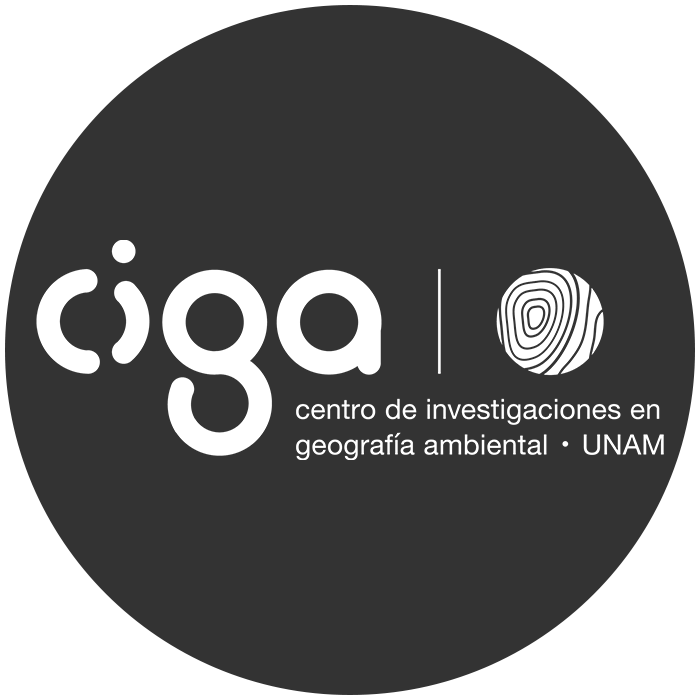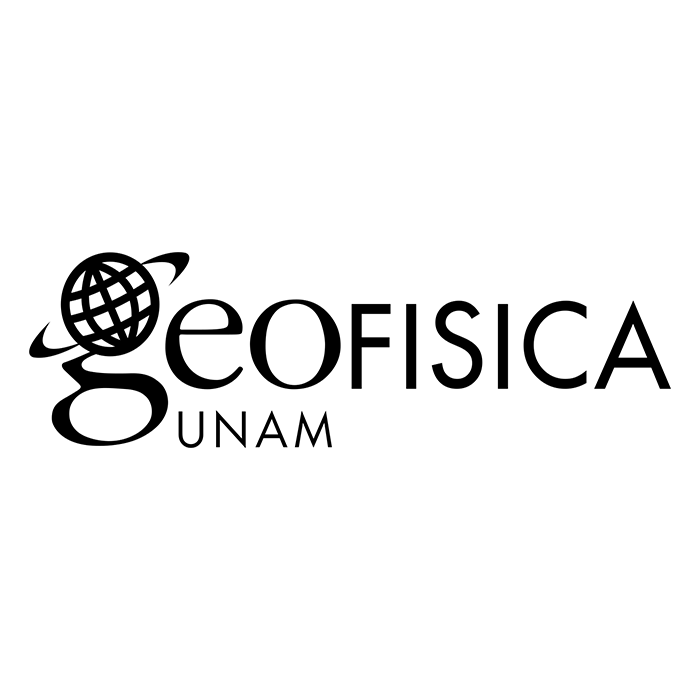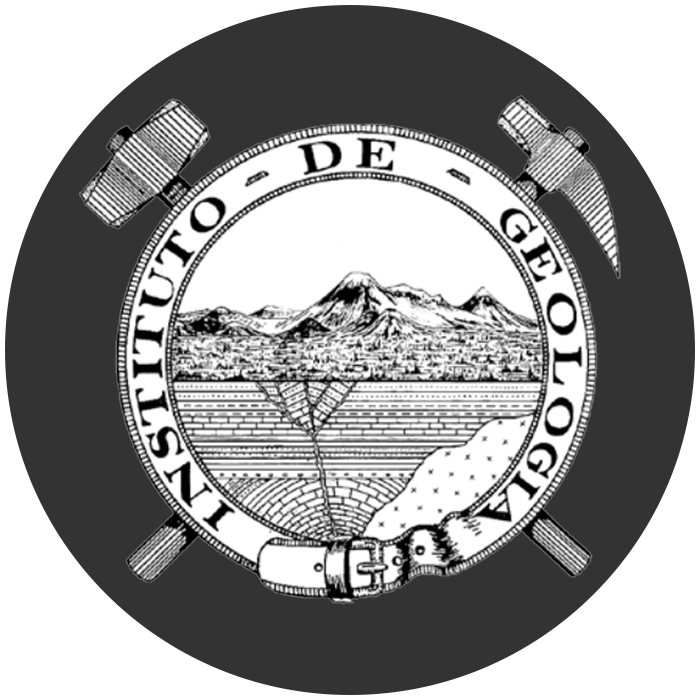Identification, classification and mapping of the karst depressions in El Cielo Biosphere Reserve, Tamaulipas, Mexico
Main Article Content
Abstract
Climate change and population growth continue to create significant demands, risks and vulnerability to water resources including groundwater. Karstic aquifers represent some of the most prolific water-bearing formations with critical ecosystems. A greater understanding of their extent and features is important as part of urban planning to ensure adequate actions are established into the future for its protection. In this work, thematic maps have been created with the semi-automated procedures to develop morphometric indices for the identification of karst depressions within the carbonate sequences of the El Cielo Biosphere Reserve in Tamaulipas State, Mexico. Digitalization tools were utilized to: 1) identify structures; 2) photo-interpret the fluvio-karstic valleys and identified karst depressions; 3) define morphometric indices for depression grouping; 4) classification through morphometric parameters; 5) identify doline “clusters” through statistical methods; and 6) generate of a comprehensive catalog of the karst depressions and cartography. The adopted procedure identified 1578 features including: a) 35 longitudinal fluvio-karstic valleys; b) 35 transverse fluvio-karstic valleys; c) 3 poljes; d) 17 uvalas, and e) 200 B dolines and 1288 A dolines.
Downloads
Download data is not yet available.
Article Details
How to Cite
Pantoja Irys, J. R., Gutiérrez, C. S., Arista-Cázares, L. E., Ramírez-Colín, L., Hernández-García, D., Mujica-Sánchez, H., & Wagner, M. (2022). Identification, classification and mapping of the karst depressions in El Cielo Biosphere Reserve, Tamaulipas, Mexico. Terra Digitalis, 6(2), 1–10. https://doi.org/10.22201/igg.25940694e.2022.2.97
Issue
Section
Articles with maps
PLUMX Metrics






